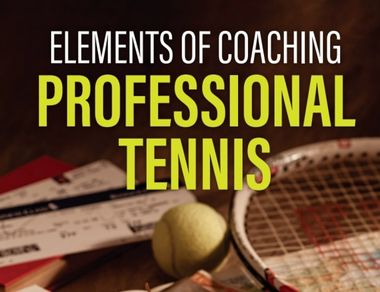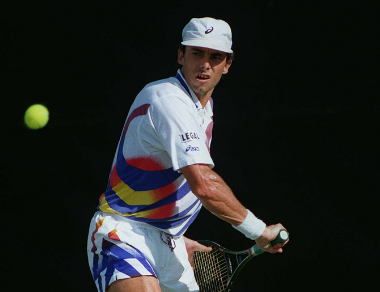Carlos Kirmayr is a former Brazilian tennis player who reached a career high ATP world Tour singles ranking #36 and #6 in doubles. He has been coaching since 1984. Captain of the Brazilian Davis Cup Captain in 1984, 1985 and 2004. He has coached 3 legendary women’s players in Gabriela Sabatini, Conchita Martinez and Arantxa Sanchez Vicario. Carlos Kirmayr is the national President of GPTCA in Brazil and is the founder of the Kirmayr Tennis Experience Academy.
If you could give one advice for coaches, players or parents – what would that be?
CARLOS KIRMAYR: Parents are on the worst end of the game right now. They are very excited about their kids, which they obviously should be. Coaches don’t give enough information to the parents. Sometimes they don’t have the courage. So parents are in the dark. I see parents who are completely lost doing things that are not acceptable to their kids, just because they don’t have the proper ‘tennis education’, which they should have acquired from the coach.
Being a coach today is much more than knowing how to teach a forehand. It’s a more involved profession. It takes knowledge, it takes experience and even takes studying. The best place to learn is to play. When we compete we understand things that we don’t when we don’t compete. When we stop competing we stop experiencing the feelings that the players have. The best thing to orient a player is to be in the position yourself so you can transmit the emotion or give a lesson more clear. Dealing with players is not easy and they are all different. So we have to understand how they learn and learn how teach the way that they learn, not the way we have always taught.
What do you consider the area that can be improved the most for players?
CK: Practice. Once you step on the court your intensity has to be 100 percent for half an hour, an hour or two, what ever you commit to do, otherwise it’s a waste of your time. That means technical, so they have to pay attention to their technique, their foot work. Especially because 15 minutes of players warming up players tends to be 80 percent intense. When players step on the court it needs to be 100 percent, it can’t be anything other than that. Practice is everything. Good practice is a result of habits that you create.
What are your thoughts on technique. When do you know that it’s time to change a players technique?
CK: Technique is built early. I believe a player should be pretty much ready at 14-15 years of age. I believe in adding things not changing things. Sometimes forgetting what you learned and then learn something new. To change is tough, so let’s not talk about that. Rather adding or forgetting. I have learned a lot through my years on the tour. Studying more and participating and exchanging ideas with different coaches and my learning capacity is improving. I’m learning everyday from my students and their difficulties. I’m a little bit conservative regarding technique. I believe in fundamentals, I believe in minimum technique for results. I believe in biomechanics, I listen to the doctors. I’m very concerned by people getting hurt. I prefer to work a little bit less than going over the limit.



